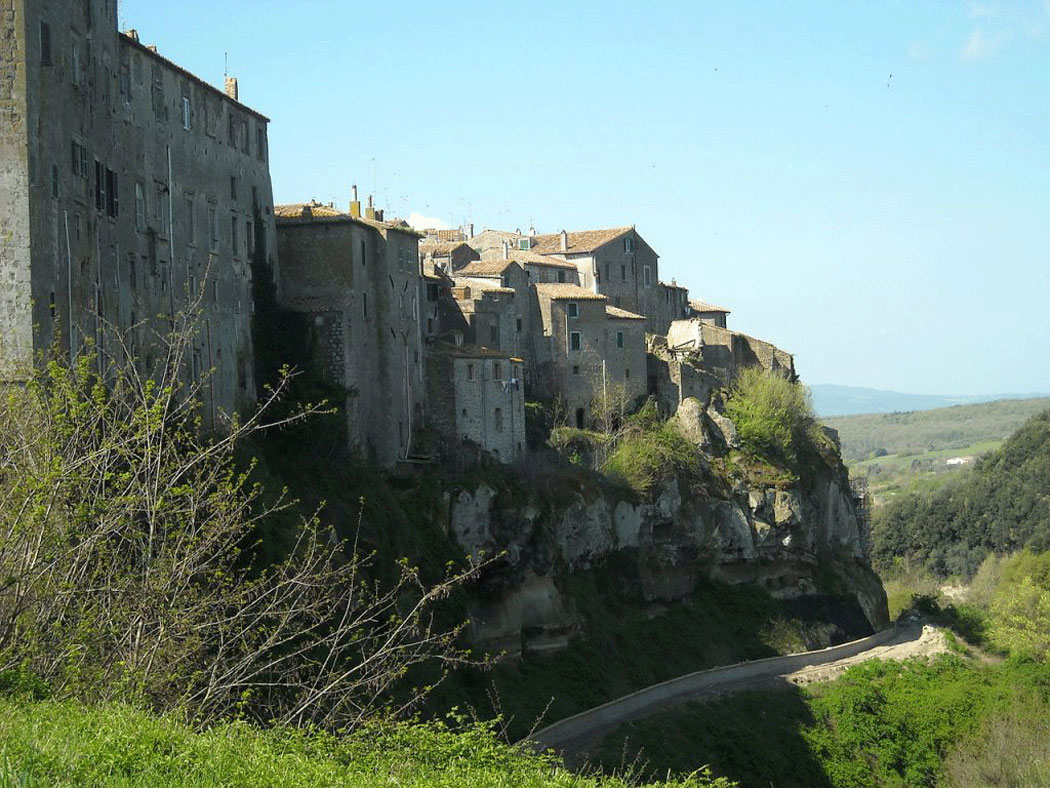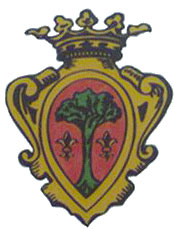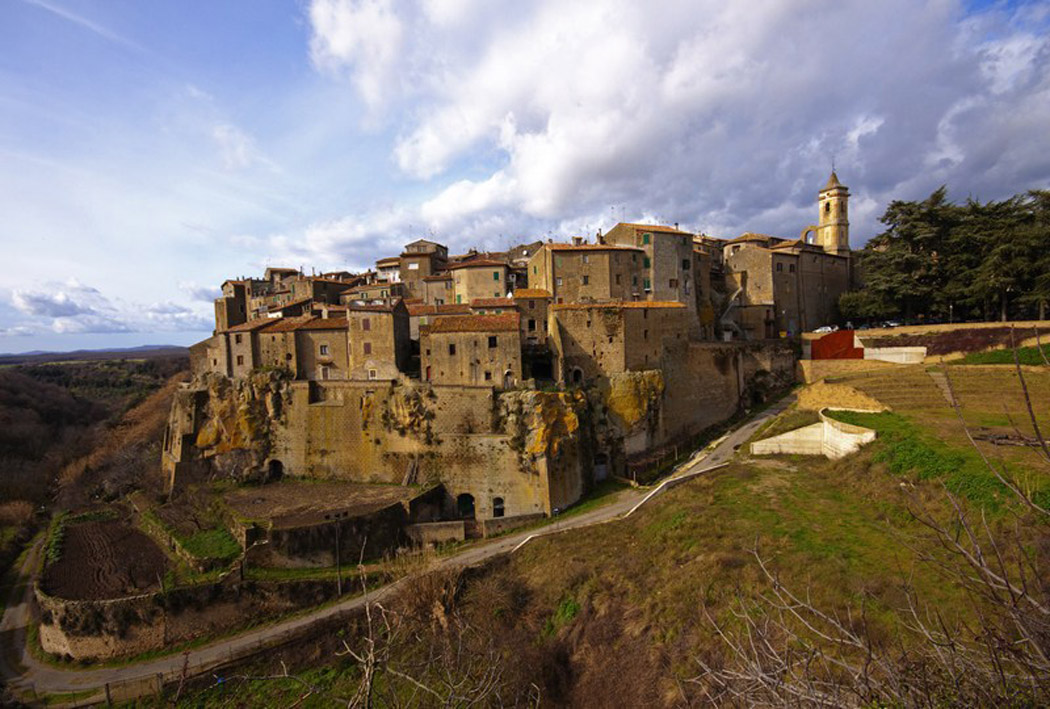

The medieval village of Farnese is located on a tuff plateau overlooking the beautiful Fiora valley and is located on the border with Tuscany, the beautiful lake of Bolsena and partly in the Lamone Forest nature reserve. Its history goes back over time and settlements dating back to the Bronze Age have been found and it was initially inhabited by the Falisci people and then by the Etruscans, from the 10th century BC.
From the Roman period, there are numerous rustic villas in the plain connected to each other by a capillary system of paved roads. Many traces of this system are found within the Lamone Forest "Selva del Lamone". It should be underlined that in the 19th century La Selva was the refuge of the brigand Domenico Tiburzi, called the "King of Lamone".
Starting from the 11th century, with the invasions of the barbarians, people sought shelter on fortified plateaus and the Farneti Castle was born which owes its name to an oak called 'farnia'.
Farnese was part of the possessions of Orvieto and the Farnese family, brave leaders in the service of Orvieto, left from here. Only towards the end of the thirteenth century did the village pass to the Farnese family who held the castle until 1649.
The city began to grow, and the period of splendor culminated with the Duchy of Castro, created by Pope Paul III Farnese for his son Pier Luigi and the fortress was transformed into a palace. After the destruction of the Duchy of Castro at the behest of Pope Innocent
The objective of the purchase was to obtain a noble title for the rich banking family. Thus, was born the autonomous Principality of Farnese which lasted until 1825 and Agostino Chigi became Prince of Farnese.
Farnese is known as the village of Pinocchio because the director Luigi Comencini chose it for some filming of the famous TV series The Adventures of Pinocchio, with Gina Lollobrigida and Nino Manfredi.
The museum dedicated to the archaeologist Ferrante Rittatore Von Willer was born from the material collected in its numerous urban wells filled with shards, which take the name of 'butti'.
To underline the connection with nature in the Feast of the Madonna della Grazie, whose procession passes on a carpet made of flowers, and the Feast of the patron saint Isidoro Farmer which ends with the traditional "bicchierata sotto Colonne" based on typical products such as Canino DOP Extra Virgin Olive Oil, Colli Cimini IGT Wine and Pecorino Toscano DOP cheese.










Follow us